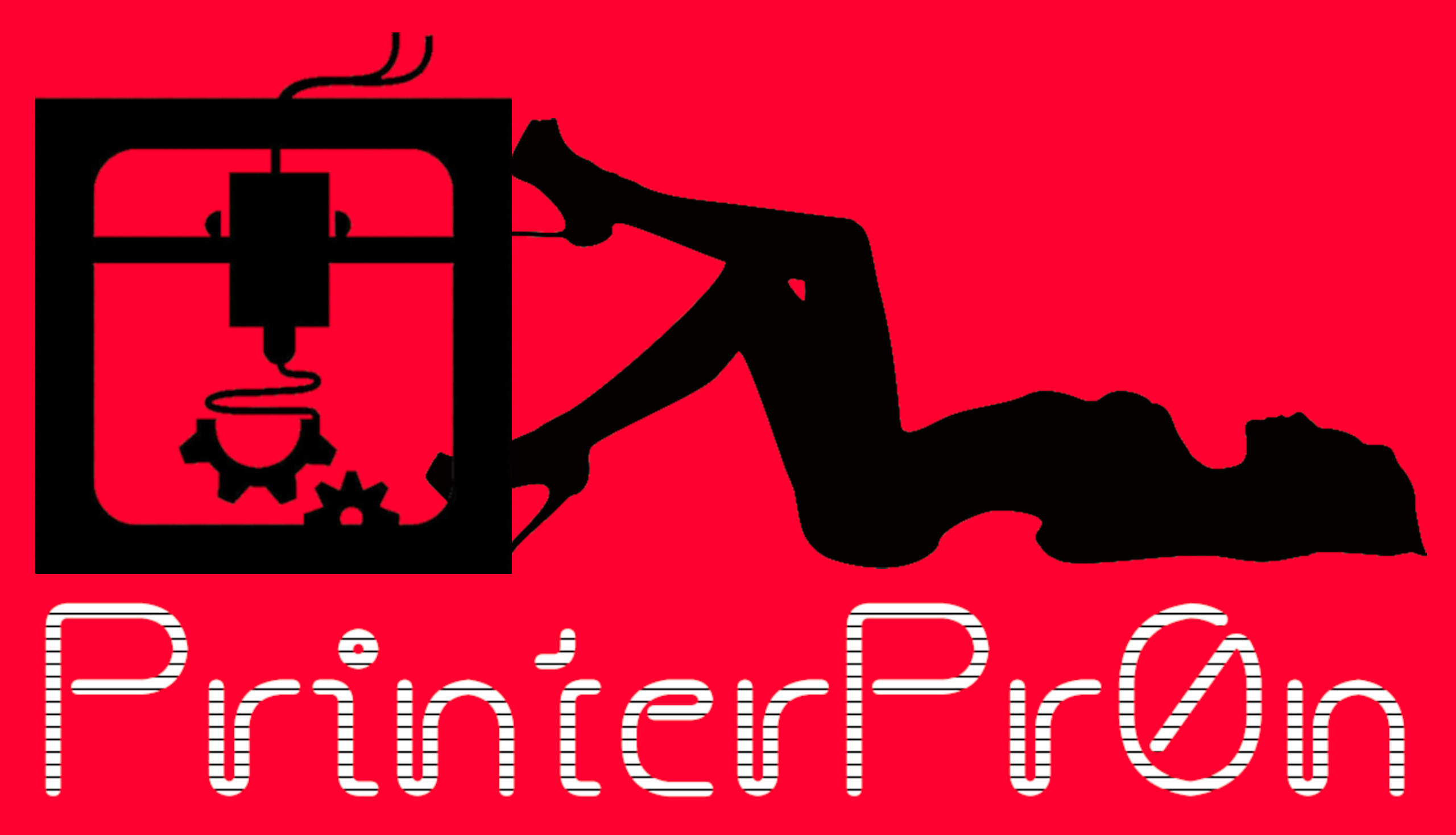In the realm of modern technology, 3D printing has emerged as a transformative force, enabling individuals and industries to bring their creative ideas to life. Among the various 3D printing methods available, Fused Deposition Modeling (FDM) stands out as one of the most popular and accessible techniques. In this article, we’ll delve into the basics of FDM 3D printing, understanding its principles, applications, and key considerations.
What is Fused Deposition Modeling (FDM)?
Fused Deposition Modeling, often referred to as Fused Filament Fabrication (FFF), is an additive manufacturing process used to create three-dimensional objects layer by layer. The FDM process involves the extrusion of a thermoplastic filament through a heated nozzle onto a build platform. As the material is extruded, it rapidly cools and solidifies, forming a layer. Successive layers are added on top of each other until the final object is complete.
Key Components of an FDM 3D Printer
To better understand FDM 3D printing, it’s essential to familiarize yourself with the key components of an FDM 3D printer:
- Extruder: The extruder is responsible for melting and pushing the filament through a nozzle. It is equipped with a motor that precisely controls the filament’s movement.
- Nozzle: The nozzle is the small, heated component that deposits the melted filament onto the build platform. It determines the thickness of each printed layer.
- Build Platform: This is the surface on which the object is constructed. It may be heated to ensure adhesion and prevent warping.
- Filament Spool: The filament, typically made of thermoplastics like PLA or ABS, is stored on a spool. It is drawn into the extruder during printing.
- Print Bed: Some printers include a heated print bed to help with adhesion and prevent warping, especially for materials like ABS.
- X, Y, and Z Axes: These axes correspond to the printer’s movement in three dimensions. The X and Y axes control the nozzle’s horizontal movement, while the Z-axis controls the vertical movement.
The FDM Printing Process
Understanding the FDM printing process is essential for achieving successful 3D prints. Here’s a step-by-step overview:
- 3D Model Creation: Begin by designing or obtaining a 3D model using CAD (Computer-Aided Design) software or by downloading one from online repositories.
- Slicing: The 3D model is sliced into thin horizontal layers using slicing software. This software generates the G-code, which provides instructions to the printer on how to create each layer.
- Setup: Load the filament into the extruder, secure the build platform, and ensure the printer is calibrated correctly.
- Printing: The printer starts by heating the nozzle and bed to the required temperatures. It then begins depositing the filament layer by layer, following the G-code instructions.
- Cooling: As each layer is deposited, it cools and solidifies, allowing the subsequent layer to adhere to it.
- Completion: Once the printing is finished, the object is carefully removed from the print bed.
Applications of FDM 3D Printing
FDM 3D printing has found a multitude of applications across various industries:
- Prototyping: FDM is commonly used for rapid prototyping in industries like automotive, aerospace, and consumer electronics, allowing engineers to test and iterate designs quickly.
- Custom Parts and Tools: It’s used to manufacture custom parts, tools, and fixtures, tailored to specific needs.
- Education: FDM is a valuable tool in educational settings, helping students understand design, engineering, and manufacturing principles.
- Art and Sculpture: Artists and sculptors use FDM to create intricate and unique pieces of art.
- Medical and Dental: FDM is employed in the production of custom prosthetics, dental implants, and anatomical models for surgical planning.
- Consumer Products: FDM is also used to create consumer goods, including personalized phone cases, home decor items, and fashion accessories.
Key Considerations for FDM 3D Printing
To achieve the best results with FDM 3D printing, consider these important factors:
- Material Selection: Choose the appropriate filament material based on your project’s requirements, considering factors like strength, flexibility, and temperature resistance.
- Layer Height: The layer height determines the print’s resolution. Smaller layer heights result in finer details but longer print times.
- Print Speed: Adjust the print speed to balance speed and print quality. Faster speeds may lead to lower quality.
- Support Structures: Complex prints may require support structures to prevent sagging or overhangs.
- Cooling: Cooling fans can help improve print quality by solidifying layers quickly.
- Calibration: Regularly calibrate your printer to ensure precise prints.
In conclusion, Fused Deposition Modeling (FDM) 3D printing is a versatile and accessible technology that has revolutionized the way objects are designed and manufactured. Whether you’re a hobbyist, engineer, or artist, FDM 3D printing offers a world of possibilities for bringing your creations to life. Understanding its principles and best practices is the first step towards unlocking its full potential.
